#pueblo ladders
Text

61 notes
·
View notes
Text
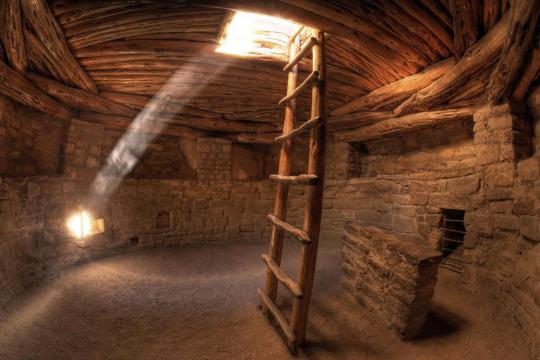
Pueblo Indian Kiva,
Room at the ruins of the Anasazi Pueblo People, Mesa Verde National Park, Colorado.
Stephen Oachs Photography
#art#design#stairwell#stairway#architecture#staircase#interiors#stairs#staircases#ladder#pueblo#history#kiva#pueblo indian#anasazi#mesa#verde#colorado#usa#stephen oachs
38 notes
·
View notes
Text
Accessible solarpunk
If a better future isn't for everyone, then it's not a better future. Therefore, solarpunk have to be accessible. If it's not possible, solarpunk strives for accessibility.
It may be hard to imagine accessible infrastructure while living in a place deprived of it. For some, it may be hard to imagine infrastructure being both accessible and beautful, particularly if only instances when accessibility is brought to attention are places that were originally inaccessible and fixing methods are visibly jarring. It's understandable: imagination, like everything else, is trained. But solarpunk is, if nothing else, at least an exercise in imagination.
Let's talk about some ways to train this imagination.
Urban activism / Accessibility activism
Self-advocating accessibility activists are marvelous invaluable source of mental imagery. Their goal is literally to explain what they need, how it looks like and why is it important. (And then to finally got what they need.)
They can provide you not only with images of accessible infrastructure in modern urban architecture, but also with mental checklists allowing to assess accessibility of whatever environment.
Traditional architecture of extreme environments
Maybe you aren't interested in modern urban architecture and want to explore something different, like ways of living integrated into extreme environment. Understandable, but it's not a reason for them to be inaccessible.
It's generally a good idea to check traditional architecture of people who lived in such environment for centuries. With few caveats tho:
It should go without mentioning, but never believe Hollywood about how space works and how people are living. It's not even their fault most of the time: cinematography is about creating story and a feeling, while accessibility is often about an avalanche of interconnected details.
Cross-check perspective, zoom in and out, compare wide panoramic views and close shots. Most popular photos are usually those with most dramatic and unusual proportions, which isn't necessarily reflected in experience of daily life in those settlements. For example: some of most widespread photos of Pueblo settlement suggest a high wall of houses built almost vertically on each other, with ladder as primary communication route and no stairs in the sight. In other views, they seems much more accessible - but those photos, as less scenic, are also less widespread.
Check type of construction, who uses it, how often and for what activities. If roof of the house is defacto daily room, it should be safe for elderly and little children to use. If there's only a narrow ladder to the roof, you may discover it was primarily used as a drying place for fruits and reed, and needed to be accessed once a week at most. Routes to the distant foraging spot used at a certain time at year needs different level of accessibility than routes between neighbouring houses, and that's okay. But it would be weird to use them as full replacements.
Pay attention to details.
Temporary disability
Having a broken arm with a generally able body is different than having a broken arm with a previously chronically ill body, and both of them are different than just having one arm, and all of them are different from having to deal with really heavy package. But they have some similarities.
By all means, use these similarities to train your imagination!
#solarpunk#accessible solarpunk#accessibility#better future for everyone or it's not better future at all
288 notes
·
View notes
Photo

Love Pueblo style homes. Isn’t this cool? They have the ladder just like the multi-storied historic ones- nice touch. This one was built in 1900 in Taos, New Mexico and has been beautifully restored. It has 4bd. 4ba. and is listed for $1.8M.

The front door opens into a large foyer. Make sure you look at the different woods and beams on the ceilings in every room.

Isn’t this pretty? Love the fireplace and wrought iron gates.

The gates open into a home office with doors to a patio.

These gates swing open to allow entry into this beautiful living room.

Love that they painted the walls a palette of warm colors.


The kitchen is just wonderful, isn’t it? There’s also a big deck right outside.

There’s a nice large pantry, too.

The den has a fabulous built-in wall of shelving.


The spacious main bd. has a fireplace and shelving hand-sculpted of adobe.

Large remodeled en-suite. Love the sink and separate toilet with storage.

What a beautiful shower- it’s tile, but has the shape of adobe.

Lovely secondary bd. with a door to the garden.

Love the vintage look of the bath.

Isn’t the garden stunning?

Large garage also has the Pueblo shape.


.58 acre of beautiful grounds.

And, look at this special feature. The casita and other outbuildings look like a little town.




The casita is so large, it can even be rented out.

What a beautiful home. Love everything about it.
https://www.zillow.com/homedetails/504-Piedmont-Taos-NM-87571/2126407475_zpid/
#pueblo style house#adobe house#mexican style architecture#old house dreams#houses#house tours#home tour
265 notes
·
View notes
Text

Anasazi Indians: The Ancestral Puebloans were an ancient Native American culture centered in present-day Four corners area of the United States, comprising Southern Utah, Northeastern Arizona, Northern New Mexico, and South Western Colorado.
They lived in a range of structures, including pit houses, pueblos, and cliff dwellings designed so that they could lift entry ladders during enemy attacks.
The people and their archaeological culture were historically called Anasazi from Navajo term Anaasazi, meaning "Ancient Ones"
Between 300B.C. and 100A.D., there were four distinct Indian cultures settled in SouthWest, Anasazi, Mogollon, Hohokam, and Sinagua. The fifth culture, the Fremont Indians settled primarily in Utah in 400A.D.
2 notes
·
View notes
Text

Taos Pueblo children, ca. 1915(?)
Portrait of Native American (Taos Pueblo) boys by a ladder and adobe walls at Taos Pueblo, New Mexico; they play with a puppy.
Photographs - Western History
Denver Public Library Digital Collections
#dogs#puppies#children#taos pueblo#native american children#american indian children#new mexico#denver public library#children playing with puppies
4 notes
·
View notes
Text

Alejandro concerned for Diego + Victoria protective over Diego
Diego, falling face down from the ladder: Ow!
Don Alejandro: Diego!
*He and Victoria, both concerned, go over to where Diego is lying on the floor.*
Diego, a bit sarcastically: Now Zorro would have landed nimbly on his feet.
Don Alejandro: You're hardly Zorro, my son…
*Felipe smiles knowingly.*
Victoria, crouching down next to Diego: Did you hurt anything?
Diego, as he stands up with Don Alejandro and Victoria's help: Just my dignity.
Victoria: I think it's time for a break. I will go and prepare some fresh orange juice.
Season 3, Episode 11 - Miracle of the Pueblo.
#Miracle of the Pueblo#my gif#zorro#zorro 1990#new world zorro#don diego de la vega#diego x victoria#zorro x seniorita#duncan regehr#patrice martinez#protective victoria#alejandro de la vega#don alejandro de la vega#diego & alejandro#Henry Darrow#concerned Alejandro#juan diego botto#felipe#felipe de la vega
3 notes
·
View notes
Text
The next surprise in store for Mellaart was the peculiar layout of Catal Huyuk. It was a town without streets. One dwelling abutted on the next as in a row of terrace houses, except that there were no intervening gardens or streets, just an unbroken succession of rows. It became clear in the course of Mellaart's excavations that the houses were mutually inaccessible and formed self-contained cells. Only in Catal Huyuk II, a relative recent level dating from ca. 5700 BC, was it possible to discern a narrow doorway leading into a courtyard. All the other levels so far excavated consisted of streetless honeycomb-cells.
One can conceive of many odditoes, but not of a500-yard expanse of houses almost 300 yards deep and totally without means of intercommunication. Even honeycombs have some form of access.
Mellaart found the answer in some angular indentations, four to six inches wide, in the upper part of the surviving interior walls. These regularly occurred near the fireplace, or where the smoke vent would logicallu have been. Was it possible that these dents had been made by a loose length of timber which dug into the wall when propped against it? If so, why should the beam have left so neat and distinct an impression in the plaster? Explanations always sound plausible once a bright idea has dawned. Right or wrong, Mellaart surmised that a runged ladder must have been propped against the wall and that its sharp edges dug into the plaster at every step the user took.
This produced a 'town plan' reminiscent of the American Indian pueblos, a settlement who inhabitants can only get from one house to the next via ladder and roof. Evidently, some inventions are not unique to any one place and period.
Both the pueblos and Catal Huyuk are based on the same underlying idea: if a town was to be defended against outside attack it had to be rendered impenetrable. This could be achieve either by erecting defensive perimeter walls, as at Jericho, or, where lack of stone precluded their construction, by some other means.
The solution devised by the Stone Age inhabitants of Catal Huyuk was tactically inspired. They could only defend their mud-brick town, which a few heavy cloudbursts might have reduced to sludge, by offsetting the lack of a perimeter wall with hundreds of smaller obstacles. Accordingly, they butted dwelling against dwelling to form a streetless conglomerate. This meant that their enemies would have have had to breach wall after wall without ever encountering a street that could accelerate their advance, just a succession of family groups ready and waiting to repel the foe.
-The Hitties, Lehmann
note that they were terraced, so they still had windows, just no doors
5 notes
·
View notes
Text

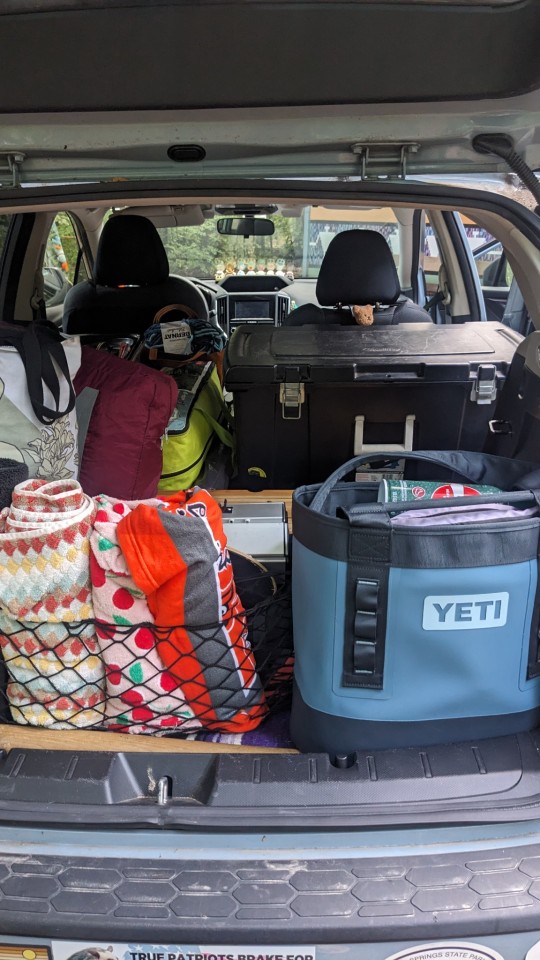
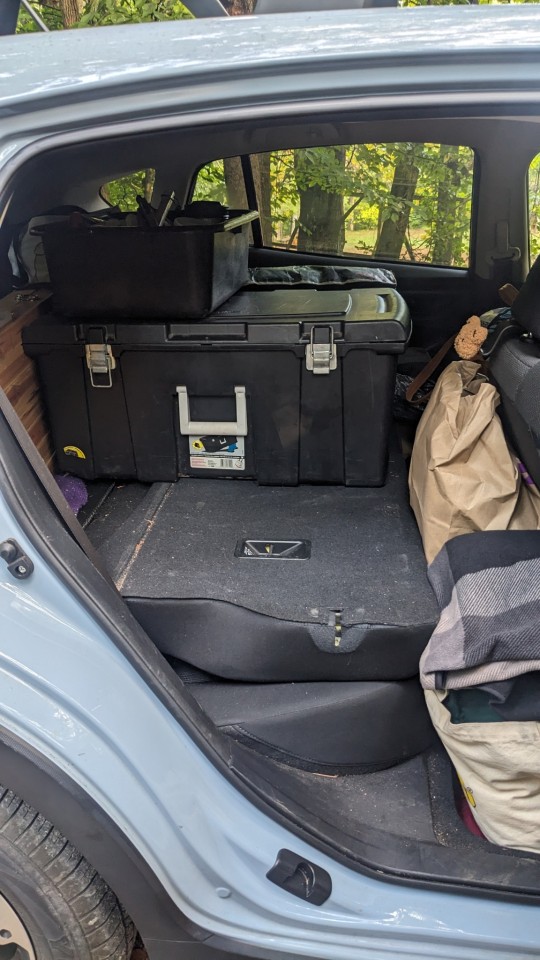
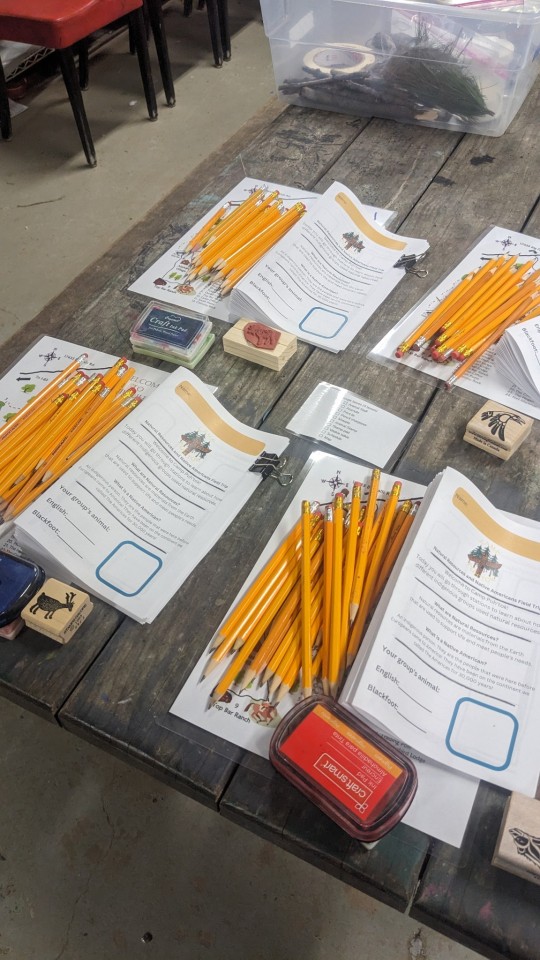

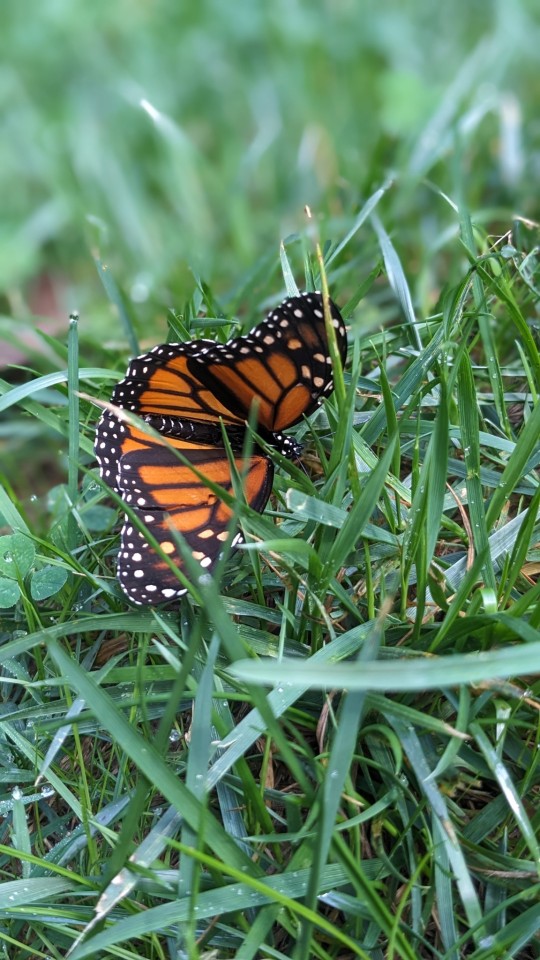
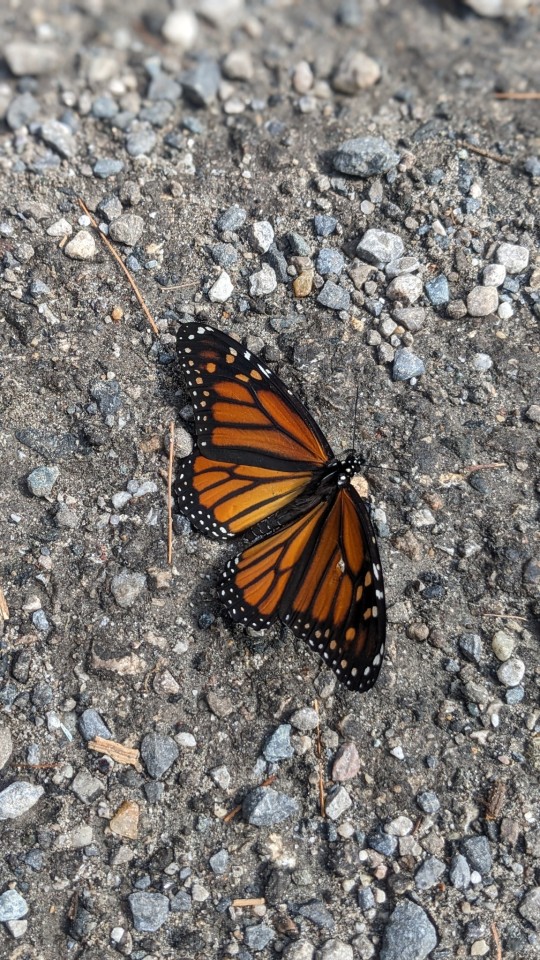
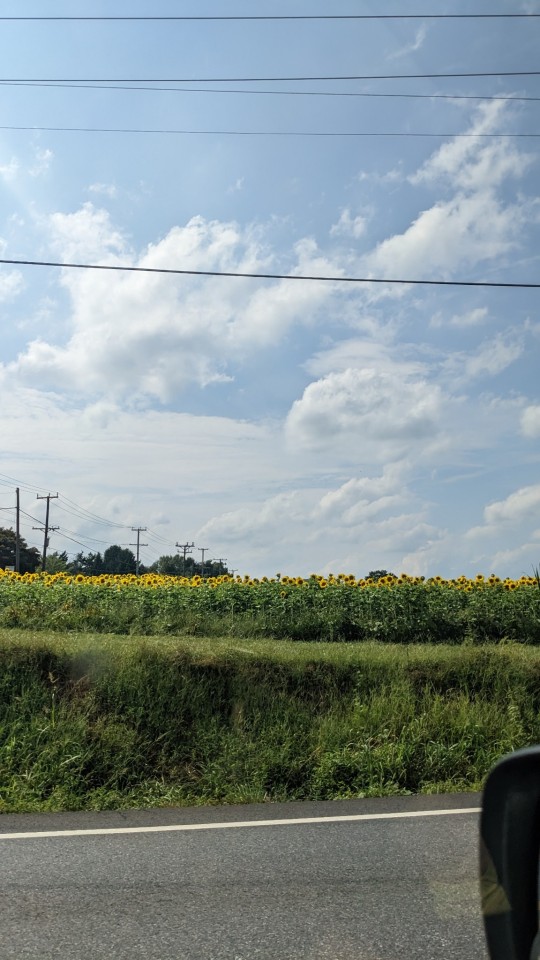

We are in the car on our way to our camp site. I am excited but also nervous and also very tired. I got very overheated as we were finishing up getting ready to leave and that caused me great stress. But it was still a pretty good day.
I wish I had slept better. But my body woke me up 1 minute after my alarm should have gone off but I forgot to set it. So I lucked out there.
I felt alright enough and got dressed and ready to head out. James made me a bagel. And our car registration sticker finally came so they could come down to put that on the car. And I left only a couple minutes behind.
I got to camp and had to wait by the office because someone was dropping something off and were blocking my path. Ah well. I spent a few minutes sorted out our glove compartment. So much paper in there. It's much neater now.
Once I was able to get up to arts I would spend some time organizing the car with all the camp stuff. James didn't think we had room for the cooler but I would make it work.
Bonnie, the clean lady, and her dog Buddy came and said hello. We chatted about the wedding this weekend and she told me about the mess some people left that needed to be picked up. I wished her luck and finished up my packing.
I did some work down at woodlands. I moved the ceramic pots down to the pueblo and was pleased to see that the paint dried exactly the right shade and you can't even tell where I patched. And once I was done there I started looking at the long house and tried to figure out what I would need done in there. I will have to move out the paint and ladders that had been left in there. And get another bench.
I decided that would be done later. And so I went back to the office.
Alexi was there and I was able to check in with her about a material that was forgotten when I sent my list the other day. And then got to work printing and laminating the scans of one of the books for my program. We did order the book but we aren't sure when it'll come so this is a good stand in.
I would spend some time sharpening pencils. And finishing up getting my group boxes together. And then I started working on a poster for a visual for Iroquois trade. I decided it should look like a grocery advertisement. This is not done yet but it was fun to start laying it out.
Heather and Alexi would ask me if Celia could come help me move stuff. And she would show up later in the day. While she was there Alexi also asked if I could drive a sleeping bag to a child in white hall. Which was just fine with me.
Celia would walk around with me while we waited for Ayça to be done with the gator. She would start helping me move the picnic tables but it went bad fast. It fell right over and I went down with it and twisted my handle and scraped up my legs. I saw it happening and I really was close to legit breaking my ankle. But I did not put all my weight on it and fell to the side instead and it was very scary.
Celia helped me up and we went back to the office. She had driven us down there so we were able to drive back and while it was sore for a while it doesn't really hurt anymore so I don't think I messed myself up to much.
When we got back there Ayça was not yet done. So we got the nature key and walked over to see how my snails were doing.
Turns out not good. I think something went wrong and they are all dead. I literally don't know why but they don't seem to have survived the transport and I'm bummed. I'm going to leave it and see if any of them made it when I'm back on Tuesday but I am sad about it.
We sat in the nature lodge for a while so Celia could give treats to all the animals. I just chilled for a few minutes.
But then we were given 20 minutes to use the gator. So we put on a timer, literally, and saw how fast we could collect 3 benches.
Honestly it went better then expected. And even with having to help direct s few lost wedding guests, we finished in 17 minutes! And now the long house and the Hogan have 3 benches. Amazing.
I also got the Hogan's fire pit dug out and then I talked the whole space. I want to get the cots out of there but for now it looks better with the benches and the removal of some stocks and leaves. I'm excited about making the spaces better.
Celia headed out with promises to Alexi to come back to get the bunnies to watch for the week while Alexi is in Florida. She's going to Disney! I hope she has the best time. And then I found out Ayça is leaving for turkey tomorrow! I wished her luck and told her I hope she comes back next year.
I would spend a little more time on my advertisement. But then it was time to go. I had a lot of driving to do and if I wanted to be home by 4 I had to go.
I got the sleeping bag and the address. I had called the dad earlier to double check he wanted it dropped on the side porch. And then I was off.
And it was a nice drive. All farms. I got to see a giant field of sunflowers. Which was magical. And I dropped off the sleeping bag with little fan fair.
The only real issue I had was our box of kitchen stuff fell over in the car and went everywhere. Also was just very loud. I would pull over at the royal farms after the sleeping bag was dropped off and everything fell on the ground. It's fine. I collected everything back up and made it more secure.
I would get home as James was telling me they would be leaving work in 15 minutes. That was fine. I would find my old bike basket net to put over the kitchen box. And it is a little dry rotted but it's fine for this weekend. I would also clean out the gravel a bit in the tanks. Pet Sweetp. And took a shower.
This made me feel a lot better. This would not last long though. James was getting home as I was getting dressed and I was already dropping sweat. Sucked a lot.
I sat on the couch while James finished getting thier stuff together and I opened the mail. My new earrings came and I would struggle really bad to put the one in and had to get James to help me be sure I was so sweaty I couldn't think. But we got it in and things calmed down.
I got Sweetp's food together and said goodbye. We went down to the car and put the last of our stuff in and then we were off! 3 hours to the beach!
We are an hour away still. We are making pretty good time. I hope we are mostly set up before the sun goes down. We are usually pretty efficient so I'm not to worried. Only a little worried.
We are stopped for McDonald's now. And then we will be back on the road and hopefully get there before the rangers all leave at 8.
I am not sure what service will be like so I'm getting this posted now! I love you all! Until next time!
4 notes
·
View notes
Text
Pueblo West recognizes rescuers who saved a drowning dog
New Post has been published on https://petn.ws/zFNs0
Pueblo West recognizes rescuers who saved a drowning dog
A whimpering dog trapped in a water storage basin and clinging to life was discovered by a Pueblo West Metro District water treatment plant worker who called upon two co-workers to help him rescue the canine. Justin Martinez grabbed a ladder and asked coworkers Kyle Staples and Libby Houth to help. As Martinez held the […]
See full article at https://petn.ws/zFNs0
#DogNews #Co, #And, #Animal, #AnimalWelfare, #County, #Dogs, #Emergency, #EmergencyServices, #Government, #Labor, #LaborAndTradeUnions, #Local, #LocalGovernment, #LocalNews, #Neutral, #News, #Overall, #OverallNeutral, #Pueblo, #PuebloCounty, #Rescues, #Services, #Trade, #Unions8217, #Weeds, #Welfare
#(co)#and#animal#animal-welfare#county#dogs#emergency#Emergency services#government#labor#Labor and Trade Unions#local#local government#Local News#neutral#news#overall#Overall Neutral#pueblo#Pueblo County#rescues#services#trade#unions&8217;#weeds#welfare#Dog News
0 notes
Text

#beyond the adobe#western living#western style#cowboy life#ranch life#boho western#southwestern#santa fe#sandia ristras#pueblo ladders
38 notes
·
View notes
Photo

Hopi Indians, Walpi, Arizona- The Sacred Rock and Kiva - Knap - 1905
11 notes
·
View notes
Text
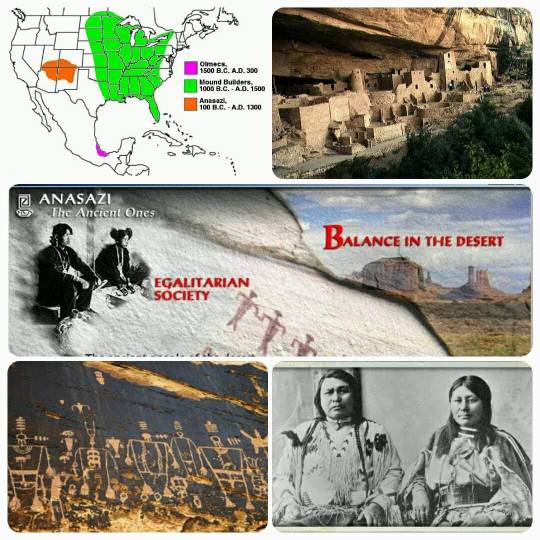
Anasazi Indians: The Ancestral Puebloans were an ancient Native American culture centered in present-day Four corners area of the United States, comprising Southern Utah, Northeastern Arizona, Northern New Mexico, and South Western Colorado.
They lived in a range of structures, including pit houses, pueblos, and cliff dwellings designed so that they could lift entry ladders during enemy attacks.
The people and their archaeological culture were historically called Anasazi from Navajo term Anaasazi, meaning "Ancient Ones"
Between 300B.C. and 100A.D., there were four distinct Indian cultures settled in SouthWest, Anasazi, Mogollon, Hohokam, and Sinagua. The fifth culture, the Fremont Indians settled primarily in Utah in 400A.D.
6 notes
·
View notes
Photo

Street scene, Zuni Pueblo, New Mexico
Creator: Keystone View Company
Date: 1892 - 1905?
Negative Number 089327
447 notes
·
View notes
Text

“seated on ladder step; pot at feet. Pueblo Maiden, Isleta, N.M.” , c.1890 , image by Charles F. Lummis.
17 notes
·
View notes
Text




Jason Garcia, Miscommunication, 2012
The four sided box shows various Corn Maidens dressed in their traditional attire as they would be participating in dances held celebrating the Feast day of Saint Claire of Assisi at Santa Clara Pueblo on August 12. Saint Claire of Assisi is the patron saint of the blind, goldsmiths, embroiderers, and television. I use television antennas or satellite dishes in my work as a symbol/representation of St. Clara. As I created this piece, I felt that the male Corn dancer is the subject of the various Corn Maidens and he may be trying “to juggle” all of them as they are trying to get his attention. Another interpretation can be that the Corn Maidens may also be trying to warn each other of him. The four Corn Maidens also can represent four cardinal directions as well. All of the dancers are dressed in the manner of the Summer Moeity of which I am a member. The background is a continuous line of a silhouetted house/building/etc of Santa Clara Pueblo or Kha’Po Owinge’-meaning “Rose Path Village” in Tewa. Some of the buildings include the Santa Clara Pueblo Catholic Church and a kiva with a ladder emerging from the rooftop entrance. Various television antennas and direct satellite dishes are included as well.
6 notes
·
View notes